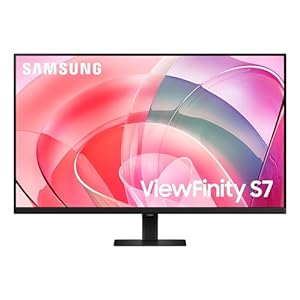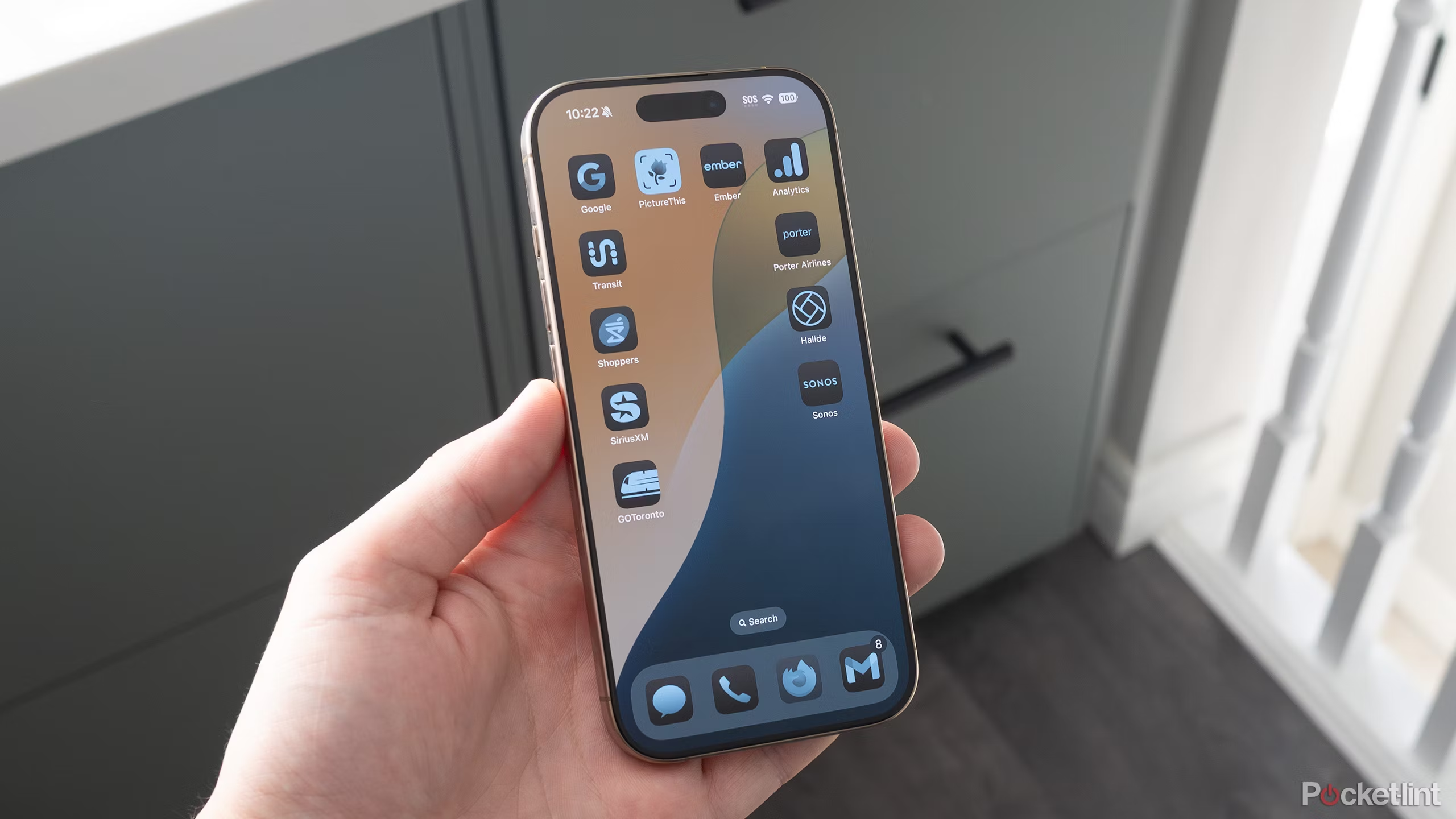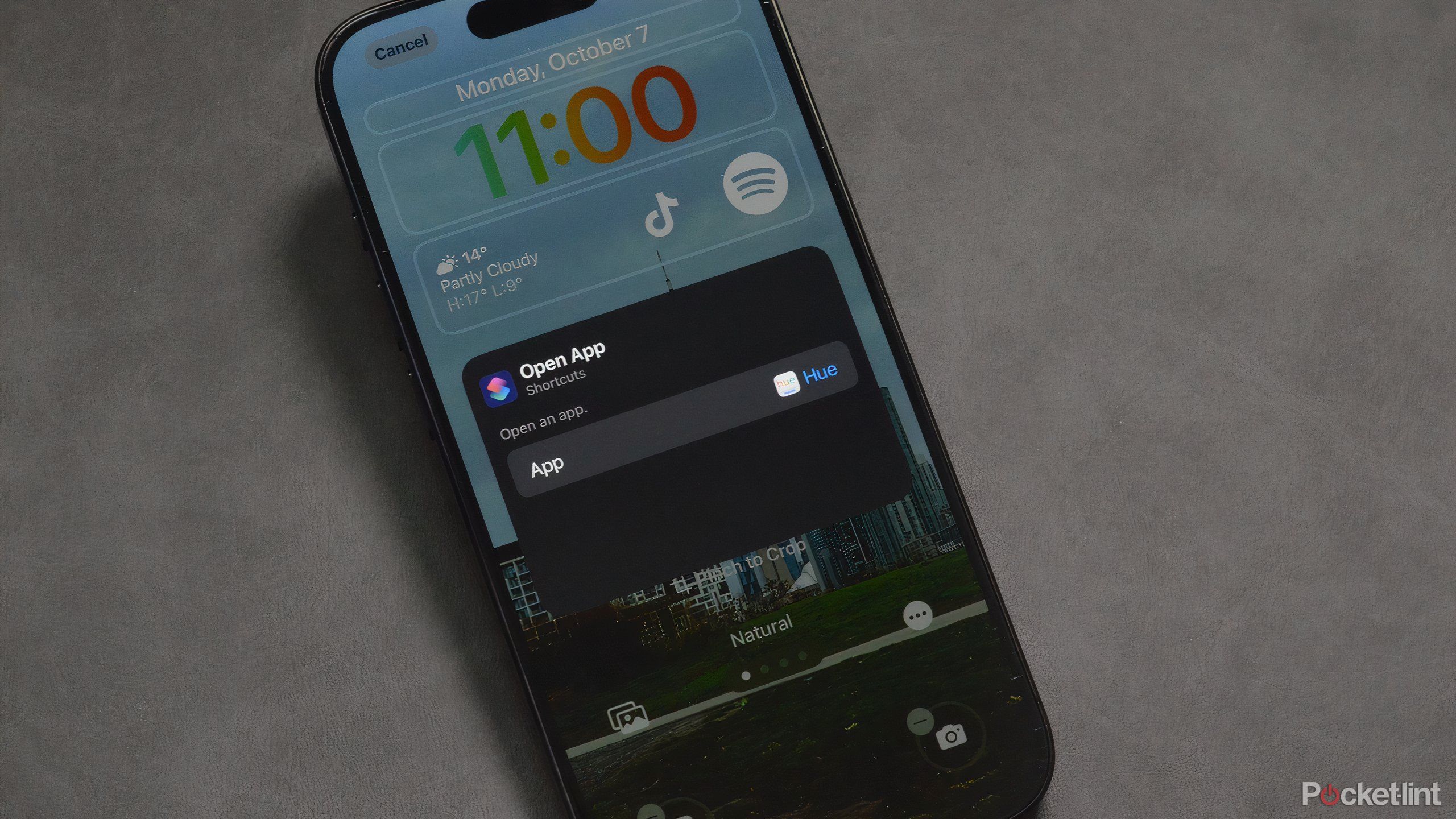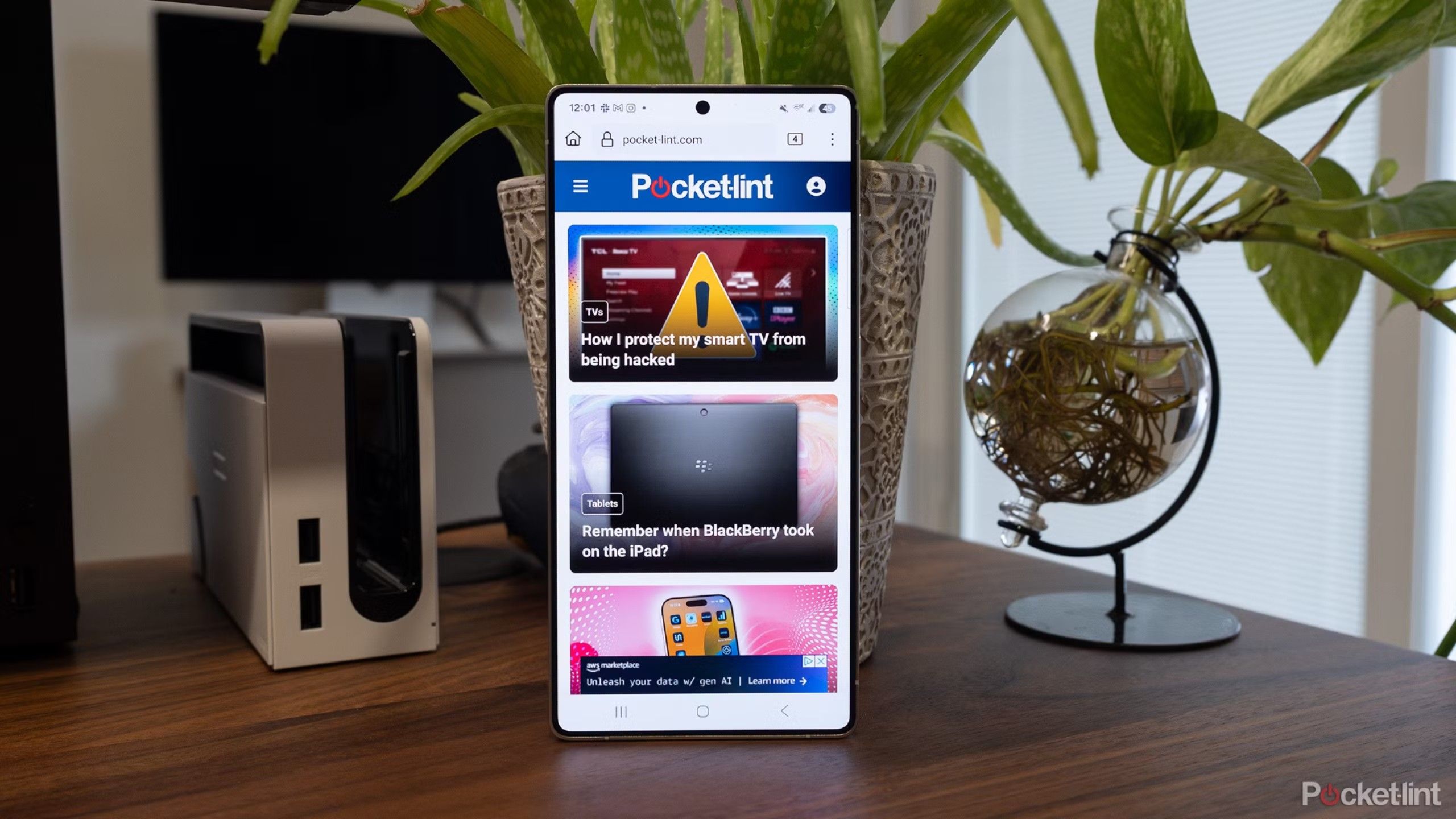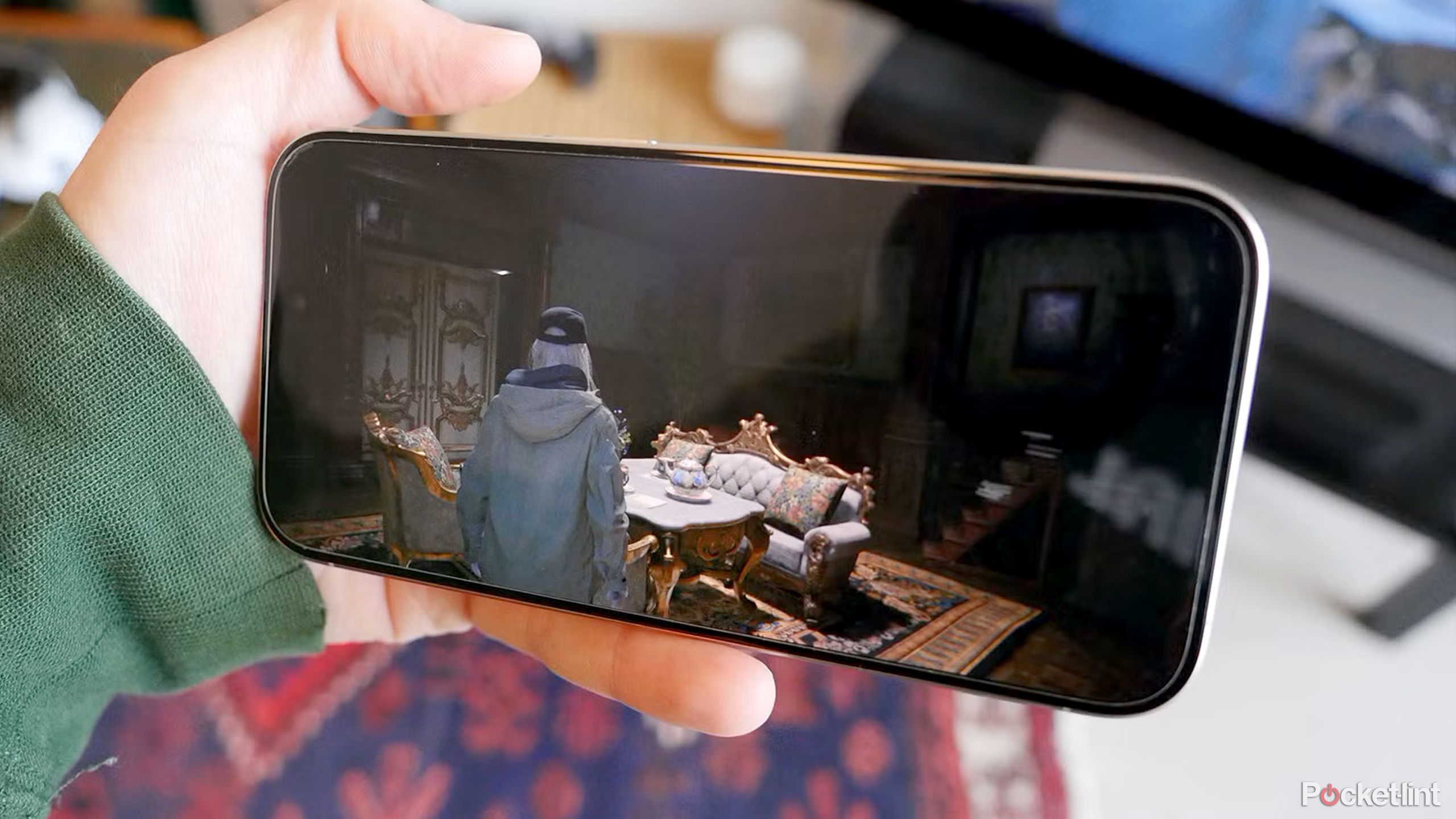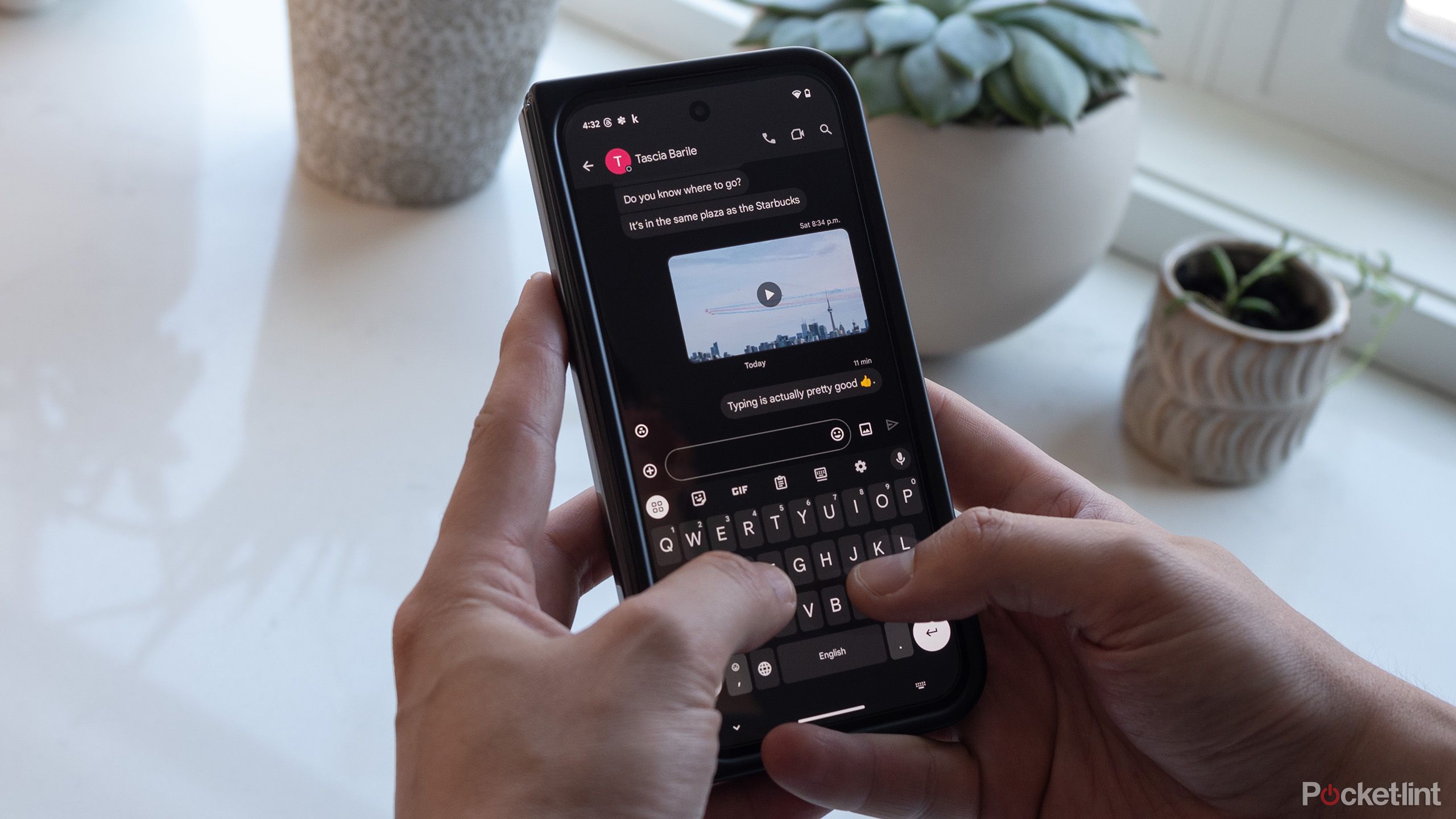Summary
- The most obvious benefit of 120Hz smartphones is smoother motion in apps, and in a phone’s interface as a whole.
- Many 120Hz phones also support dynamic refresh rates, enabling always-on display functions, not to mention better power consumption.
- In games with real-time action, 120Hz technology effectively breaks the ceiling on framerates — assuming your processor is powerful enough to top 60fps.
Like TVs and monitors, all phone displays sport a particular
refresh rate
, referring to how often they can update what’s onscreen. For a long time, most smartphones weren’t capable of a refresh rate over 60Hz. In fact, that’s still true of non-Pro iPhones — if you recently upgraded to a baseline
iPhone 16
or iPhone 16e, you wouldn’t necessarily know that you were missing anything. It’s not like Spotify or Google Maps are going to run agonizingly slow on Apple’s A18 chip.
These days, however, Pros and many
Android phones
now feature 120Hz displays. What does that mean in practice, beyond the screen updating twice as fast? There’s more value to a 120Hz panel than you might realize, which would explain why Apple is finally set to bring all its devices into the modern age with the
iPhone 17
lineup.
Related
The OnePlus 13R shows OnePlus still needs to figure out budget phones
So close to budget nirvana, yet so far.
1
Smoother motion all around
The most obvious advantage
The first thing anyone notices if they’re used to 60Hz phones is how much smoother a 120Hz device’s interface looks. It’s a difficult thing to explain in writing, naturally, but everything feels snappier, with less lag or blur. The effect is particularly noticeable in apps with a lot of scrolling text or images, such as a web browser or an ebook reader. Whereas a 60Hz phone might occasionally look like it’s “hitching” on things, a 120Hz phone appears to keep things intact, if not necessarily fully readable, until you stop scrolling.
Motion smoothing is why some people claim that once you’ve used a 120Hz phone, you’ll never want to go back. Personally, I don’t mind 60Hz panels that much, but I can understand why others would feel they’re a major downgrade. It’s certainly strange that Apple has refused to put 120Hz panels into $800 smartphones until now.
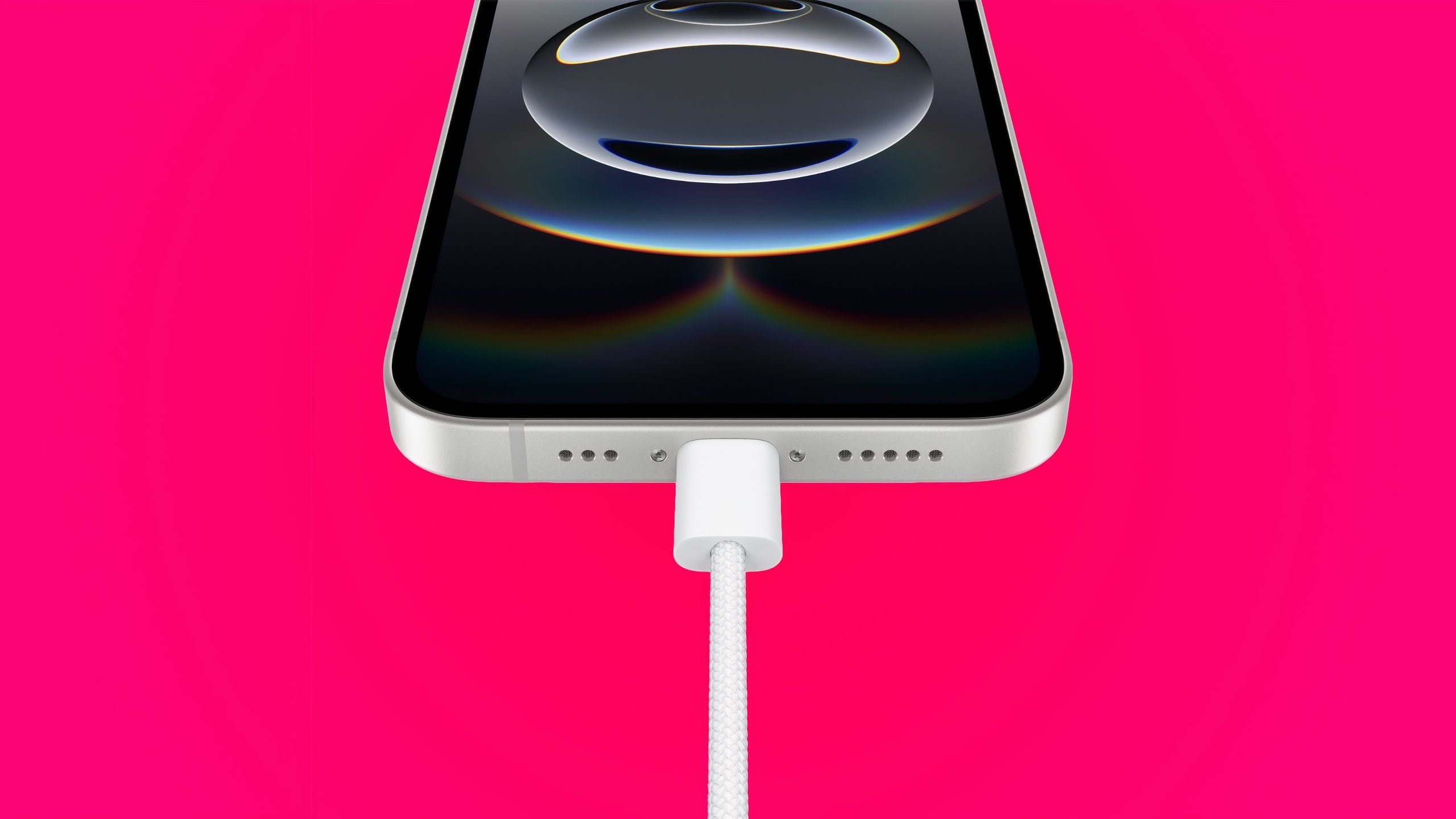
Related
Apple’s USB-C transition is a confusing mess (and that might be on purpose)
Apple’s version of USB is hardly as universal as it could be.
2
Always-on display technology
No need to unlock to check the time or weather
Strictly speaking, 120Hz phones don’t automatically support always-on technology, but they usually do these days. The ones that do offer it rely on dynamic refresh rates, sometimes scaling down to as little as 1Hz — one frame per second. A phone operating at both 1Hz and dimmed brightness consumes a trivial amount of power, opening up new possibilities for your lockscreen.
At a minimum, always-on tech is used to display the time and other basic data, such as battery levels, saving you the inconvenience of having to unlock your phone or tap the screen to wake it. More advanced implementations can show your notifications, and/or customizable widgets for features like weather forecasts, media playback, and smart home control. For this very reason, I keep my iPhone 16 Pro propped up on a stand during the workday. It saves time to know at a glance who’s messaging me, and whether I should expect rain when I’m headed out later on my EUC.
At night, I take advantage of an iOS feature called
StandBy
. Mostly, it just lets me check the time without picking up my phone and blinding myself, but that in itself is valuable for maximizing my sleep. It’s a small joy to know it’s 2:40AM and I can fall back asleep in a few moments.

Related
Here’s how I built a Matter smart home
Matter can make your smart home seamless — these are the things you need to get started.
3
More efficient power consumption
No need to go full-tilt for every scene
You might think 60Hz phones would be more power-efficient, but for technical reasons they’re inherently locked at that refresh rate, regardless of what’s happening onscreen. With dynamic rates, 120Hz phones can scale down whenever less power is needed. A phone might dip to 10Hz when you’re reading a static webpage, for example, but then ramp back up to 120Hz when you’re playing a game like Limbo or Fortnite.
There’s more to say about that in the next section.
Even better consumption may be possible by disabling always-on features, and/or choosing a lower rate cap while still preserving dynamic scaling. The possibilities are going to depend on the specific phone you own and its software options, so it’s worth researching tech specs and reviews before you buy.

Related
This gadget turned my phone into a handheld gaming powerhouse
The GameSir X3 Pro mobile controller has microswitch triggers, anti-drift sticks, and a built-in fan to turn your phone into a handheld console.
4
Slicker, more responsive gaming
As long as you’ve got the processor to match
One of Nvidia’s better-known marketing slogans is “frames win games,” and that’s not entirely hype. Faster framerates enable quicker reactions — something I know first-hand from my aging PC, since I’ve lost more than a few PUBG matches because an opponent was able to fire a shot a split-second earlier. Poor framerates may also make you miss a jump in a platformer, or a block in a fighting game.
Granted, the major limitation on framerates is your phone’s processor — you’re going to get better performance out of the Tensor G4 in a Pixel 9 than the Tensor G3 in a Pixel 8. But if your phone’s display is stuck at 60Hz, you’ll never see framerates over 60fps, regardless of whether you’ve got a supercomputer under the hood. A 120Hz panel effectively eliminates this kind of bottlenecking.
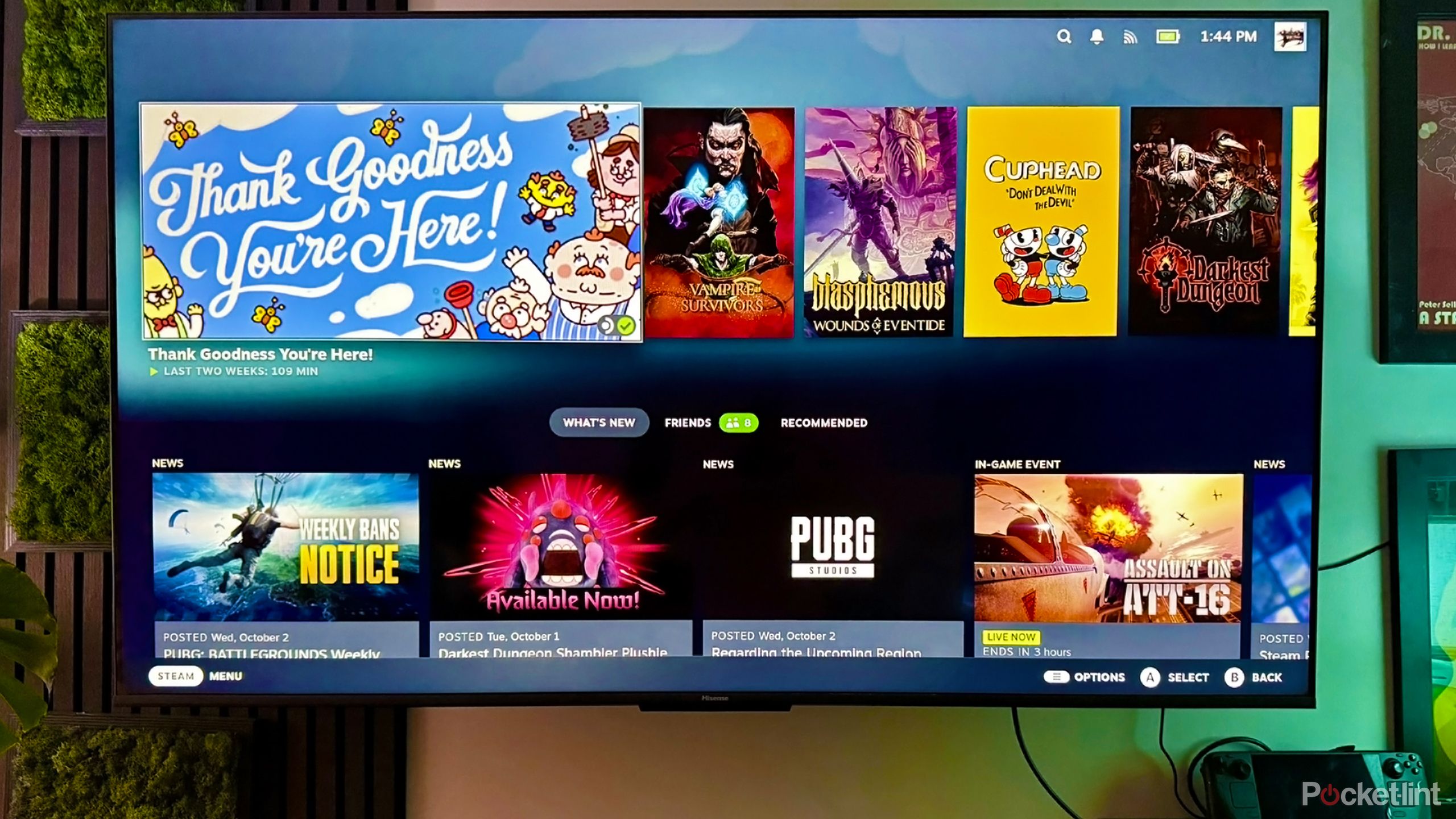
Related
How to turn a Steam Deck into a TV gaming console
You can play PC games on your TV without buying a desktop or laptop.
5
Quicker touch response
Your mileage may vary
Personally, I don’t find 120Hz phones to be that much more responsive than 60Hz ones. I was considering leaving this point out of the article, in fact. But other people say it’s a tangible benefit, so I thought it would at least be worth mentioning.
The claim does make some sense, given that it’s really just an extension of the smoother software experience I mentioned at the beginning. Because the interface itself is animating faster, you may see marginally shorter delays for touch and tap gestures. It’ll probably matter the most when you’re typing — if a key animation flashes for a few dozen milliseconds less, you may be less likely to make a mistake, assuming you’re a rapid-fire typist. If you take your time with typing, you may not notice any difference at all. I’d encourage going slower anyway, for the sake of putting more thought into messages.

You might also like
Everything you need to know about PEVs, or personal electric vehicles
You can use PEVs to explore, run errands, or speed up your commute.
Trending Products

SAMSUNG FT45 Sequence 24-Inch FHD 1080p Laptop Monitor, 75Hz, IPS Panel, HDMI, DisplayPort, USB Hub, Peak Adjustable Stand, 3 Yr WRNTY (LF24T454FQNXGO),Black

KEDIERS ATX PC Case,6 PWM ARGB Fans Pre-Installed,360MM RAD Support,Gaming 270° Full View Tempered Glass Mid Tower Pure White ATX Computer Case,C690

ASUS RT-AX88U PRO AX6000 Twin Band WiFi 6 Router, WPA3, Parental Management, Adaptive QoS, Port Forwarding, WAN aggregation, lifetime web safety and AiMesh assist, Twin 2.5G Port

Wi-fi Keyboard and Mouse Combo, MARVO 2.4G Ergonomic Wi-fi Pc Keyboard with Telephone Pill Holder, Silent Mouse with 6 Button, Appropriate with MacBook, Home windows (Black)

Acer KB272 EBI 27″ IPS Full HD (1920 x 1080) Zero-Body Gaming Workplace Monitor | AMD FreeSync Know-how | As much as 100Hz Refresh | 1ms (VRB) | Low Blue Mild | Tilt | HDMI & VGA Ports,Black

Lenovo Ideapad Laptop computer Touchscreen 15.6″ FHD, Intel Core i3-1215U 6-Core, 24GB RAM, 1TB SSD, Webcam, Bluetooth, Wi-Fi6, SD Card Reader, Home windows 11, Gray, GM Equipment

Acer SH242Y Ebmihx 23.8″ FHD 1920×1080 Home Office Ultra-Thin IPS Computer Monitor AMD FreeSync 100Hz Zero Frame Height/Swivel/Tilt Adjustable Stand Built-in Speakers HDMI 1.4 & VGA Port

Acer SB242Y EBI 23.8″ Full HD (1920 x 1080) IPS Zero-Body Gaming Workplace Monitor | AMD FreeSync Expertise Extremely-Skinny Trendy Design 100Hz 1ms (VRB) Low Blue Gentle Tilt HDMI & VGA Ports
